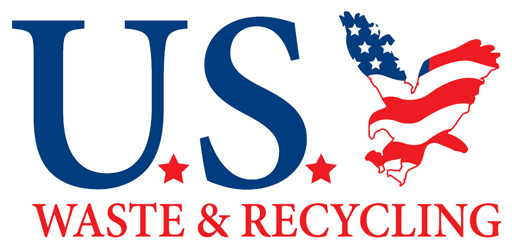Reuse, Reduce, Recycle: Establishing an “R3” Program
Increasingly, our clients and prospective clients are interested in sustainability and operating in a way that is supportive of the environment as well as the communities in which they operate for the long term. With increasing focus from both the public and private sector as well as pressure from end-user consumers to be “more green,” forward-thinking organizations of all shapes and sizes are looking not only for mechanisms to help them be more environmentally sensitive but to follow a model for sustainability that affords them livelihood into the next century. Southern Waste & Recycling clients are interested
in how their policies and operations affect:
· The environment
· Financial performance
· People, locally and globally
Organizations that embrace sustainability find that their efforts yield stronger financial performance and profitability, improved investment from stakeholders and enhanced employee commitment. They also enjoy an improved reputation and increased brand awareness for their products and services because of their sustainability initiatives.
The concept of sustainability is easy to grasp at a high level. But as you get into the nuts and bolts and put theory into practice, this concept becomes more complex. What is the impact on a business’ strategy and day-to-day operations? How will the organization’s stakeholders be affected? How can you measure the impact of your operations, products and services on the environment? How can you improve on a continual basis?
While the specific metrics in what is often called the “sustainability index” ultimately adopted by each organization will be unique, at Southern Waste & Recycling we’ve identified five key factors that we believe are not just worthy of evaluation but merit clear definition and critical assessment (at regular intervals) in order to implement and maintain an effective sustainability program focused on reusing, repurposing and recycling.
